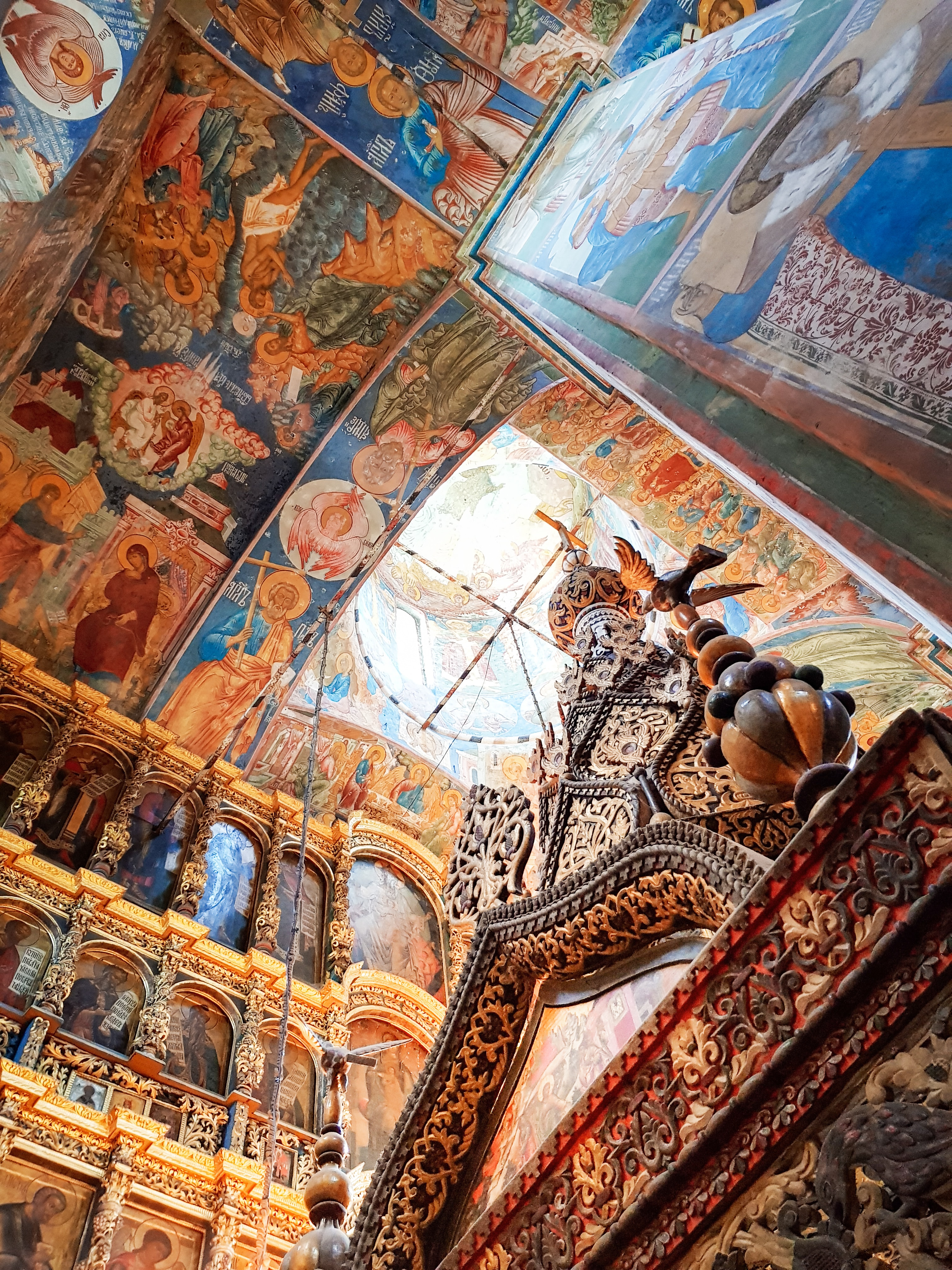This article by Ray Spitzenberger first appeared in IMAGES for May 7, 2020, East Bernard Express, East Bernard, Texas.
One of the many things, in my opinion, that makes America such a wonderful place to live, is the preservation of our various ethnicities. Instead of being a “melting pot” of many cultures, we have preserved those meaningful, individual traditions and customs, in our church traditions, our cuisines, our music, crafts, etc. Our ethnicities have not melted away! Yet we are very patriotic, flying the stars and stripes proudly in our churches and homes.
Yes, I know I’ve written far too many columns about my Wendish and German ethnicities, so I will try to keep references to my own cultural background to a minimum in today’s presentation, lol. Yet, even though I delight in many of the cultural traditions passed on down to me from my parents, grandparents, and great grandparents, I delight in many of the other ethnicities in Texas.
For example, some years ago when I was attending theology classes at Concordia University in Mequon, Wisconsin, in a class of fourteen other Lutheran theology students, most of whom, like me, were German-Americans, I was “starving to death” for, not my mother’s sauerkraut or my grandmother’s Koch Kase, but for Tacos al Pastor, guacamole, and Enchiladas Verdes. One day the University cafeteria served a Wisconsin version of something they called “Mexican Enchiladas,” but it tasted like Italian spaghetti with meat sauce! I couldn’t wait to get back to Texas to have some real Mexican food, or, at least some Tex-Mex!
While we are not a “melting pot” here in Texas, we have shared our ethnicities, customs, and food traditions with our neighbors, and the ethnic exchange has been delightful. I am a big fan of German and Czech polka music, and the Shiner Hobo Band exemplifies both. I don’t know if they still do, but they used to play at the Spoetzle Brewery in Shiner. But my love for the polka is not restricted to the Czech and German versions, as I also love Mexican polkas. Recently, I listened to a group called the Los Texmaniacs, playing some splendid polka music written by one of their members, who said he had been influenced by a German polka band he used to listen to. As the Dujka Brothers would sing, “Pivo and Kolaches, Cerveza and Tamales.” I like most Mexican music, especially Mariachi.
One area wherein many ethnic groups have preserved the customs, traditions, and peculiarities of where they emigrated from is Christian church exteriors and interiors. Some of the preservations of tradition is doctrinal, but not all. The oldest Russian Orthodox parish in Texas, Saints Constantine and Helen Serbian Orthodox Church, is located in Galveston, but it was originally made up of Serbs, Greeks, and Russians, its establishment approved by Czar Nicholas II in the late 1800’s, the building finished in 1896. The fact that it would reflect the ancient style of Orthodox churches in Russia was bolstered by Czar Nicholas donating icons, an ornate Gospel book, and numerous Sacred Vessels. Since icons have a very special spiritual meaning to Orthodox believers, their similarity to Old Country art objects are spiritual rather than merely ethnic. I believe that only the design of the iconostasis was doctrinal.
Statues and beautiful Christian paintings were a spiritual part of the worship service in Lutheran churches in Germany and America only in the sense that they visually “illustrated” the Holy Word of God for the congregation, of great importance in Martin Luther’s time, because huge numbers of Germans could not read or write. By looking at the statues and paintings, the illiterate could “read” the Gospel. The fact that old Lutheran churches in Germany and America had/have high pulpits above the altar brings focus to the importance of God’s Word. The highest pulpit of any church in Texas is found in the stone structure of St. Paul Lutheran Church, the Wendish “Mother Church,” dedicated in 1871 in Serbin, Texas. The architecture of the church reflects old Lutheran architecture in Germany (Sorry, I won’t mention the Wends again, lol).
Though built later than either Saints Constantine and Helen [Russian] Orthodox Church and St. Paul Lutheran Church, and Roman Catholic rather than Orthodox or Lutheran, Holy Cross Catholic Church here in East Bernard is a beautiful reflection of its Czechoslovakian ethnicity. The present structure built in 1925, the Stations of the Cross, splendidly hand-painted on copper and imported from what was then called Czechoslovakia, and the exquisite stained-glass windows created by the Otmar Vackar Company in Brno, Czechoslovakia, clearly reflect the Czech ethnicity of many of its members. Added to its charm is its Spanish Colonial exterior architecture.
It’s super stupendous to be an American, a Texan, and free to love and enjoy each of our various ethnicities.
-o-
Ray Spitzenberger is a retired teacher and pastor, and the author of a book, It Must Be the Noodles.

